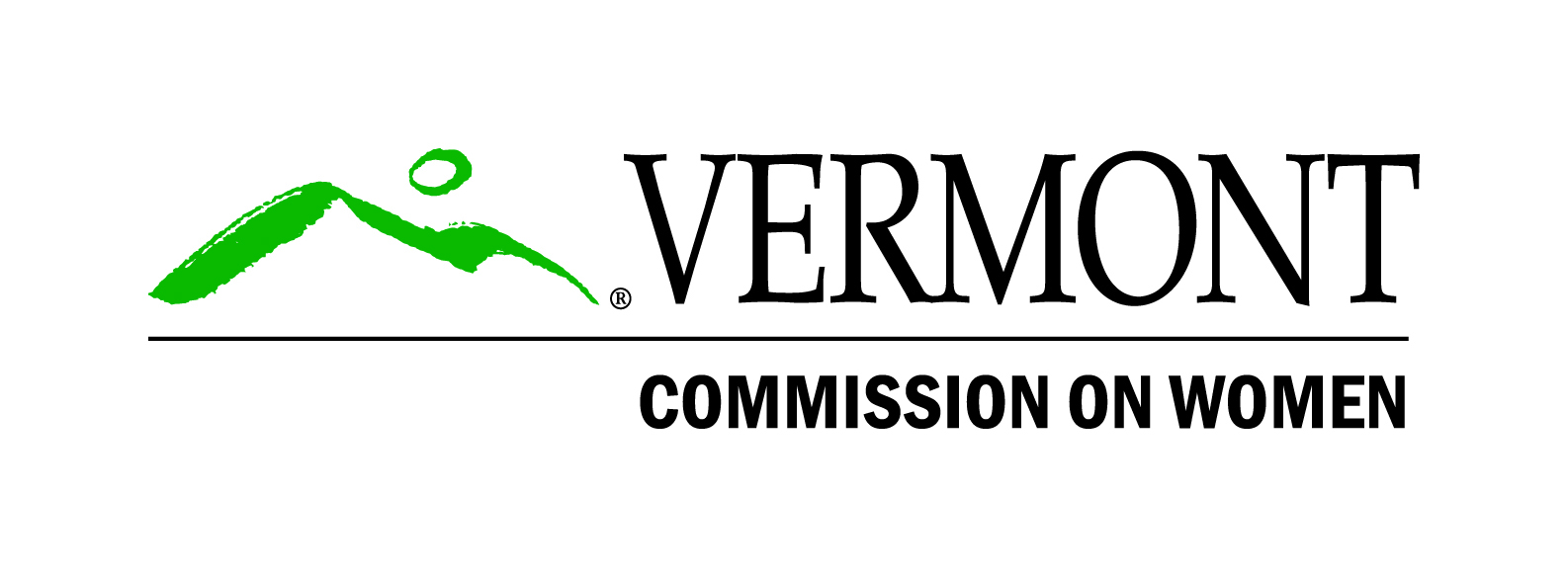In July 2020, as a result of the federal Coronavirus Aid, Relief, and Economic Security (CARES) Act, the State of Vermont announced the availability of Economic Recovery Grants for Vermont businesses, which included a set-aside of $2.5 million for minority-owned businesses and $2.5 million for women-owned businesses. The grants were to be used to address the costs of business interruption due to the COVID-19 pandemic. To be eligible for these grants, the business must have had zero - five employees and have been:
• At least 51% minority/women owned;
• Organized/registered and in good tax-standing in Vermont;
• Domiciled or have its primary place of business in Vermont;
• In operation on or before February 15, 2020;
• Open for business, or have a plan to re-open; and
• Able to demonstrate that as a result of the COVID-19 pandemic, it had suffered a 50% or greater loss in revenue for any monthly period between March 1 and September 1, when compared to the same period in 2019.
Eligible businesses that had submitted complete applications would be awarded grants in the amount of 10% of 2019 revenues, up to $50,000 per business.
The enabling legislation named the Vermont Community Loan Fund, in collaboration with the Vermont Commission on Women and other appropriate partners, as the community partners in this program, and the Vermont Partnership for Fairness and Diversity was identified as the third partner.
The Agency of Commerce and Community Development (ACCD), with the agreement of the partners, included the application process for these grants within their larger Emergency Economic Recovery grants program. They created an application process that could identify those businesses that were minority-or women-owned, as well as those with zero employees (sole proprietors). ACCD reviewed the applications, approved them (or not), and awarded the grants. They also provided technical assistance in the form of a live chat and a telephone number, and were able to answer many applicants’ questions, particularly as they related to the technical specifics of navigating the online application process.
The Vermont Partnership for Fairness and Diversity and the Center for Women and Enterprise Vermont
took on the job of providing intensive technical support to applicants. They also provided outreach to make sure that businesses across the state knew about the grant program, where to apply, and that there was technical assistance available.
The Vermont Commission on Women conducted the following activities as part of this effort:
1. Created a grant program landing page on our website including links to the application; all translated information documents; comprehensive explanations of eligibility and application requirements; and links to technical service providers
2. Provided direct assistance to grant applicants and direct referrals to technical assistance services when appropriate.
3. Wrote and recorded a Public Service Announcement for radio and sent to all radio stations in Vermont
4. Developed marketing materials including infographics and graphics for printing rack cards, posters, and social media, and shared them widely
5. Distributed a special edition of our electronic newsletter, VIEW (Vermont Information Exchange for Women) devoted to the grant program, and also included the information in subsequent VIEW newsletters
6. Sent multiple email blasts to our entire network, including all of our 27 Advisory Council organizations, as well as many others
7. Researched and expanded our networks and lists of organizations and individuals connected to BIPOC in Vermont and sent introductions and email notifications about the grant to all
8. Developed a comprehensive document outlining the rationale for the grant program which was shared with legislators and posted on our website
9. Posted numerous notices on our Facebook, Twitter, Instagram, and other social media sites
10. Other organizations used the content we created on the landing page on our website to develop their own informational resources, increasing the reach of the information significantly

